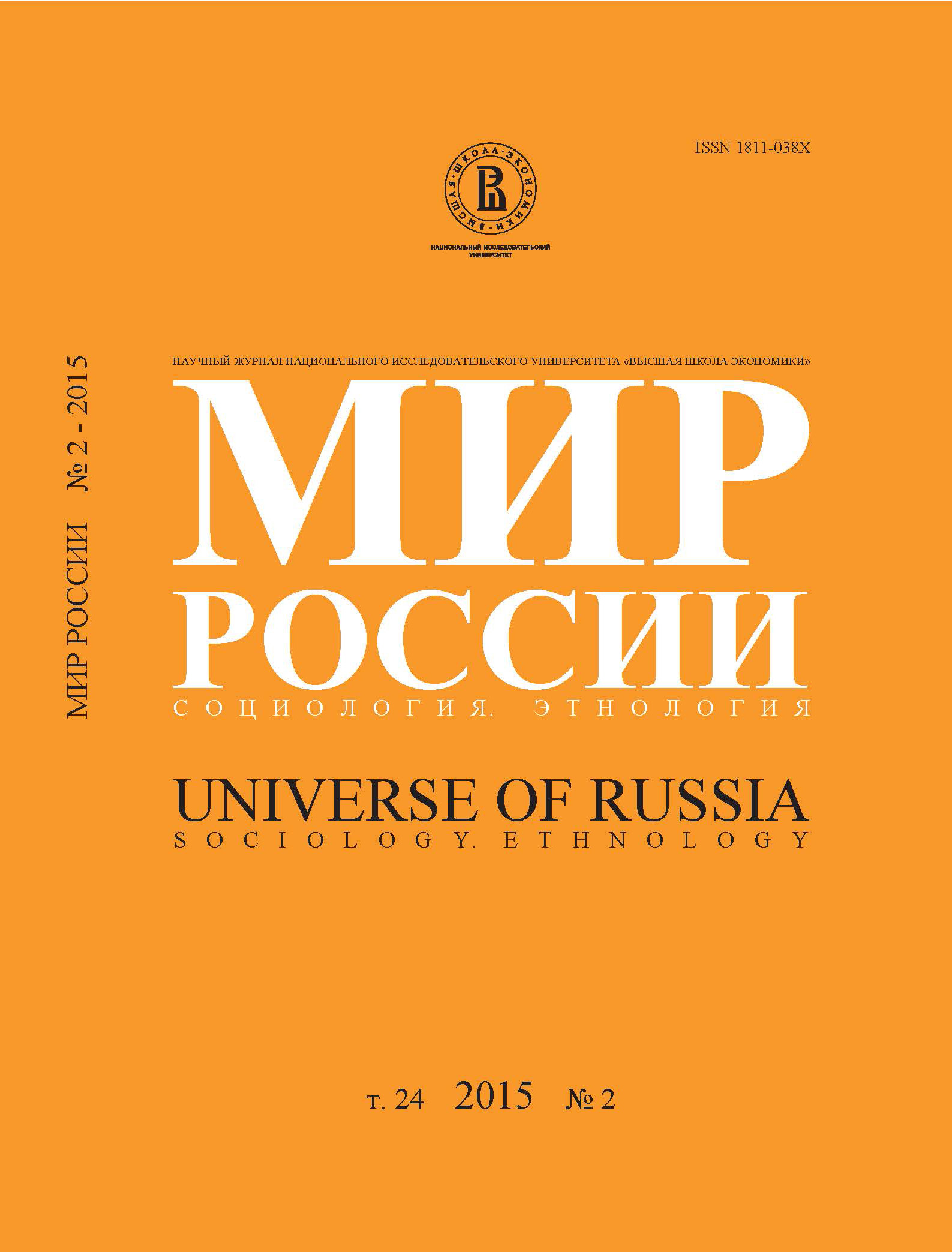Migrant Infrastructure in Russian Cities (the Case of Labour Migrants from Uzbekistan and Kyrgyzstan in Moscow)
Abstract
Vera Peshkova — Candidate of Historical Sciences, Research Fellow, Institute of Sociology, Russian Academy of Sciences. Address: bldg. 5, 24/35, Krzhizhanovskogo St., Moscow, 117218, Russian Federation. E-mail: pever@mail.ru
This article focuses on the migrant (or migrant-oriented) infrastructure sustained by migrants from Uzbekistan and Kyrgyzstan in Moscow. Migrant infrastructure is defined as the system of different ethnic and migrant associations, such as ‘ethnic cafes’, ‘ethnic medical centres’, migrant service agencies and migrant networks. One of the key features of this infrastructure in the Russian capital is that it is highly diffuse, and there are no particular places (i.e. ghettos or enclaves) in which migrants settle around Moscow. The infrastructure is also affected by disparities in the human and social capital of different migrants. For instance, Kyrgyz migrants tend to be more highly educated and have stronger social networks (and therefore more often possess Russian citizenship and speak Russian). It explains their higher degree of self-organization, and the corresponding fact that most migrant-oriented institutions are founded and run by Kyrgyz people. The institutions themselves emerge to compensate for the weak integrative role of host (i.e. Russian) institutions, to which migrants have limited access. Therefore migrant infrastructure plays a paradoxical role: it perpetuates migrants’ exclusion from the Russian community, while facilitating their adaptation to the new environment.






